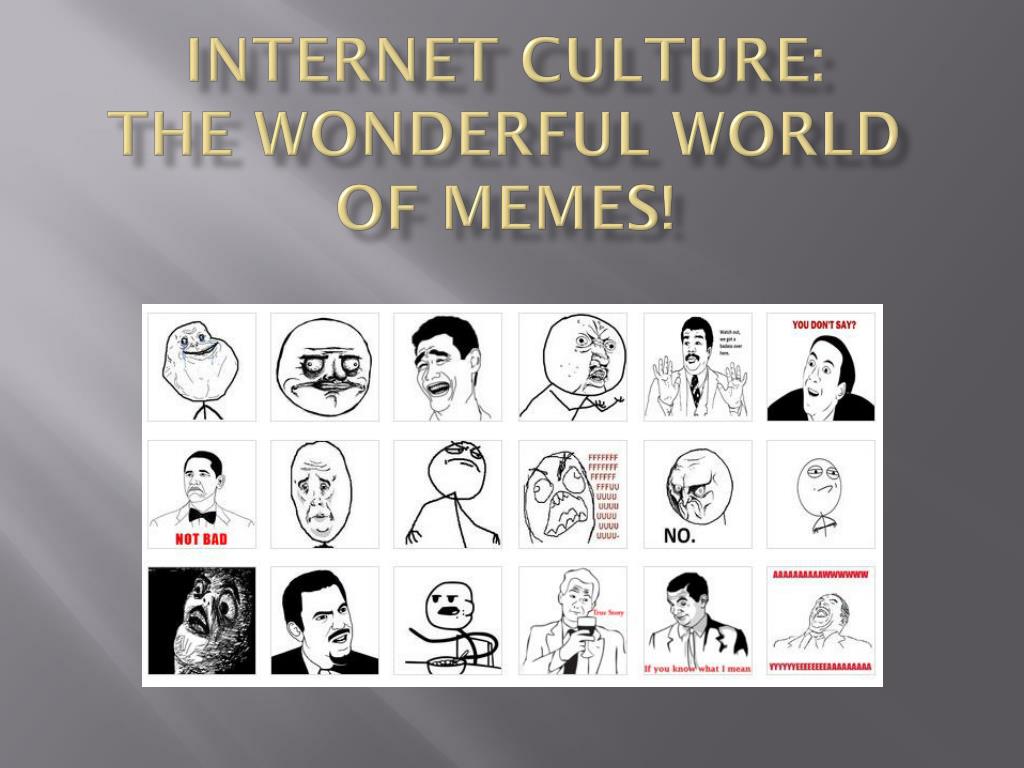Introduction Scroll through any social media feed and you’ll see them—goofy sketches, exaggerated expressions, and stills of people mid-reaction.
Introduction
Scroll through any social media feed and you’ll see them—goofy sketches, exaggerated expressions, and stills of people mid-reaction. They’re not just funny pictures. They’re meme faces, and they’ve become one of the most powerful tools in modern communication.
In a world where millions of messages are sent each second, meme faces cut through the noise with one look, one feeling, one punchline. They’re fast, funny, and universally relatable. More than emojis, more than gifs, meme faces tell short emotional stories that stick in your mind and make you laugh, think, or cringe.
This article explores how meme faces started, how they evolved, why they matter, and how they’ve become a central part of internet culture, digital identity, and global communication.
Must visit: swiftnewsnow

1. What Are Meme Faces?
Meme faces are exaggerated human expressions—either drawn, digitally altered, or captured in photos—used in memes to represent emotional reactions. From crude black-and-white rage faces to real-life screenshots of celebrities, they distill complex feelings into a single, recognizable image.
They often appear in:
- Reaction memes
- Comic panels or strips
- Remixed templates
- Political or social commentary
- Generational identity posts
They are the emotional punctuation marks of the internet.
2. The Origins: Rage Comics and Early Internet Culture
The roots of meme faces go back to the golden era of rage comics, which surfaced around 2008 on platforms like 4chan and Reddit. These comics were short, crudely drawn stories that reflected the absurdities of everyday life—minor annoyances, awkward social encounters, petty victories.
Key Rage Faces:
- Rage Guy (FFFFFUUUU) – Boiling frustration.
- Trollface – Delighted mischief.
- Forever Alone – Crippling social isolation.
- Me Gusta – Guilty, uncomfortable pleasure.
- Y U NO Guy – Irritated confusion.
These faces quickly became templates. They were modular pieces of humor: simple to draw, easy to remix, and universally understood. People didn’t just use them—they identified with them.
3. Why Meme Faces Spread Like Wildfire
Meme faces succeeded because they satisfied several essential traits of viral content:
A. Instant Recognition
They expressed emotion faster than text ever could. A scowling face with bulging eyes immediately said, “I’m mad!”—no caption needed.
B. Low Barrier to Creation
You didn’t have to be an artist to make one. Most early meme faces looked like doodles, and that made them more accessible.
C. Emotional Honesty
They were raw, over-the-top, and exaggerated—perfect for venting, coping, or laughing at life’s ridiculousness.
4. The Shift: From Drawings to Real Faces
As the internet became more visual—thanks to smartphones, better cameras, and fast-loading image content—meme faces began to evolve.
Suddenly, screenshots of real people became meme faces. These weren’t just cartoons anymore—they were genuine emotional snapshots, often lifted from interviews, reality TV, news, or social media.
Examples of Iconic Real-Face Memes:
- Crying Michael Jordan – Humorous take on loss or disappointment.
- Side-Eye Chloe – A child’s confused look of distrust.
- Blinking White Guy – Perfect for speechlessness or disbelief.
- Woman Yelling at a Cat – Comedy in chaos and confusion.
This evolution didn’t kill rage faces—it expanded the meme face universe. Now, memes were grounded in realism while keeping the same emotional clarity.
5. The Rise of Meme Face Archetypes
Modern meme faces began to represent entire personas or mindsets, not just feelings. The best example of this is Wojak—the internet’s most versatile character.
Wojak has dozens of variations, each representing a cultural or emotional archetype:
- Doomer Wojak – Depressed, disillusioned with life.
- NPC Wojak – Robotic, conformist, and lacking individuality.
- Yes Chad Wojak – Confident, assertive, often used ironically.
- Doomer Girl / Trad Girl – Female counterparts reflecting emotional or ideological contrasts.
These characters help users express not just an emotion, but an entire worldview. They’re meme faces with depth, used to satirize or validate how people feel about society, gender roles, politics, or mental health.
6. Meme Faces vs Emojis: What’s the Difference?
At a glance, meme faces and emojis may seem similar—they’re both visual ways to show emotion. But they serve different functions.
| Feature | Meme Faces | Emojis |
| Emotion | Complex, exaggerated | Basic, generic |
| Flexibility | Highly adaptable and customizable | Static and fixed |
| Creativity | Often remixed or redrawn | Predefined by software |
| Depth | Can represent narratives or ideas | Surface-level emotion |
| Humor Style | Ironic, absurd, layered | Simple or sincere |
Meme faces allow for sarcasm, absurdity, satire, and storytelling, which emojis simply aren’t designed for.
7. Meme Faces and Cultural Identity
Every generation has its humor—and meme faces are how Gen Z, Millennials, and younger Gen Alpha express their collective identity.
For instance:
- Millennials often gravitate to rage comics and meme faces rooted in nostalgic humor or self-deprecation.
- Gen Z prefers layered, ironic meme faces like Wojak variants, often paired with surreal captions.
- Gen Alpha, growing up on TikTok and YouTube Shorts, experiences meme faces through short-form, face-filtered humor.
Meme faces don’t just express emotion; they signal group belonging, worldview, and generational perspective.
8. How Meme Faces Function Emotionally
Humor is a coping mechanism. Meme faces often mask real pain with irony and laughter.
- A person posting a Doomer Wojak might be joking, but they’re also revealing emotional exhaustion.
- A user sharing a Forever Alone meme may be laughing, but also dealing with real isolation.
Meme faces become emotional camouflage—allowing users to be vulnerable, sarcastic, angry, or lost, all without having to explain themselves.
They are a modern form of journaling, but communal, not private.
9. Platforms That Amplify Meme Faces
Meme faces have thrived on platforms designed for fast sharing and humor. Each platform nurtures a unique flavor of meme expression.
A. Reddit
Home to rage comics and meme face lore. Subreddits like r/memes or r/AdviceAnimals gave meme faces structured environments to thrive.
B. Twitter/X
Perfect for combining meme faces with sharp commentary. One viral post can reintroduce an old meme face to new audiences.
C. TikTok
Filters, green screens, and voiceovers bring meme faces to life, often blending audio trends with facial expressions.
D. Instagram & Facebook
Meme pages repackage meme faces into carousels, relatable life quotes, and shareable jokes.
10. The Business of Meme Faces
Some meme faces have become intellectual property.
- Trollface, drawn by Carlos Ramirez, is copyrighted. He has successfully pursued licensing deals and takedown notices.
- Success Kid, based on a real photo, has been used in ads and promotions.
- New AI-generated meme faces are raising legal and ethical questions about usage rights.
Meanwhile, meme faces are being used by:
- Brands for marketing with humor.
- Content creators to build personalities.
- Educators and nonprofits to engage audiences.
Memes, once a subcultural joke, are now a branding tool and industry.
11. The Future of Meme Faces
The way we express emotion online is only becoming more complex. In the next five years, expect meme faces to evolve into:
A. Dynamic Meme Faces
Using AI and facial tracking to change expressions in real time. Your own reaction could become an instant meme face.
B. Meme Face Filters
Augmented reality filters that transform your face into a Wojak, Chad, or Rage Guy.
C. Interactive Memes in the Metaverse
Meme avatars walking around virtual spaces, interacting with others and responding to environments.
Meme faces will likely become tools for self-expression in immersive digital worlds—funny, layered, and emotionally rich.
FAQs – Frequently Asked Questions About Meme Faces
Q1: Are meme faces free to use?
Some are, some aren’t. Classic rage faces are mostly public domain or fair use, but meme faces like Trollface are copyrighted. For commercial use, always check the rights.
Q2: Can I make my own meme face?
Yes! Many viral meme faces start from simple drawings or funny selfies. All you need is creativity, timing, and a sense of humor.
Q3: Why do meme faces work better than words?
Because they convey emotion instantly, with no translation needed. They’re more memorable, more expressive, and more fun to share.
Q4: What is the most popular meme face today?
Wojak remains the most versatile. New variants like Giga Chad, Soyjak, and Yes Chad dominate meme subcultures across Reddit, Twitter, and TikTok.
Q5: Can meme faces be harmful or offensive?
Yes. Like all humor, context matters. Some meme faces have been misused for trolling, hate speech, or mockery. It’s important to understand the meaning behind a meme before sharing it.
Conclusion
Meme faces are much more than internet jokes. They are the facial expressions of the digital age, helping us laugh, cope, vent, and bond with people we’ll never meet. They’re part of a visual language—born from pixels and perfected by practice—that lets us speak without words, feel without filters, and belong without explanation.
From stick figures to Wojaks to deepfakes, the evolution of meme faces tells the story of how humor and emotion adapt to technology. And as long as we have something to feel, the internet will find a face to express it.




COMMENTS